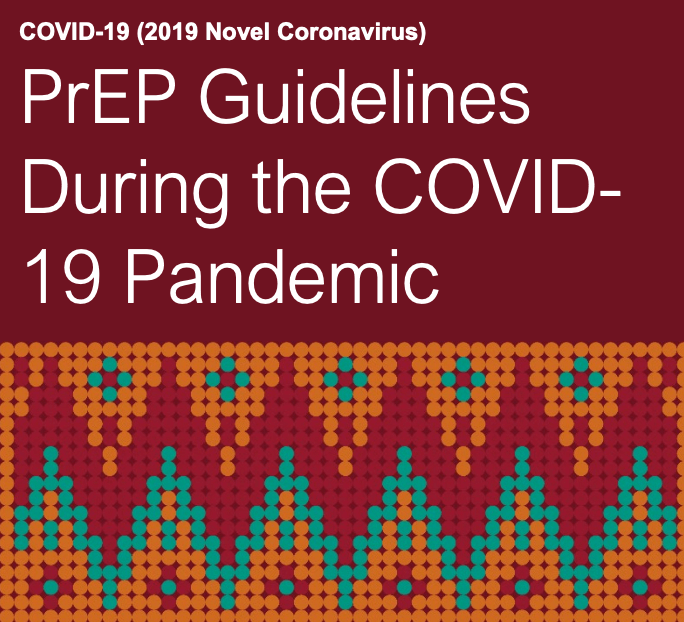Contents
The public health response to COVID-19 has limited access to some aspects of medical care and essential services. In this new, socially distanced world, healthcare workers and clinics have been forced to adjust how they provide necessary services to patients. For urban Indian and tribal clinics, that means learning how to continue prescribing pre-exposure prophylaxis, or PrEP, the daily pill that can prevent HIV. When taken as prescribed, PrEP can reduce the risk of contracting HIV by at least 74% for those who use injection drugs and by 99% from sex. 1 Access to PrEP has become more difficult with the restructuring of clinic services. However, the prescription of PrEP is an essential health service as defined by the Centers for Disease Control and Prevention (CDC). To assist clinical programs, the CDC has released the following guidelines for clinicians providing PrEP. Clinicians should ensure the availability of PrEP for both continuing and newly initiated patients. As an essential service, it’s important for providers to continue access to PrEP for all relevant patients.
Regular testing for HIV should be continued. Quarterly, providers should continue testing for HIV in any patients receiving PrEP. While in-person visits for HIV testing or PrEP are preferable, the CDC has two recommendations if these options are not available.
- Use an at-home specimen collection kit. Some laboratories have protocols for testing samples collected at home. These samples can be used for the panel of tests required when on PrEP. The at-home collection kit is also sensitive enough to detect recent HIV infection.
- Self-test using an oral swab-based test. This test is typically not recommended for PrEP patients due to its low sensitivity when detecting recent infection of HIV. However, when other options aren’t available, it’s a suitable alternative.
Consider providing a longer supply of PrEP medication. Instead of a 30-day supply with two refills, prescribe a 90- day supply. By providing a longer lasting supply, pharmacy visits can be minimized. Establish referral relationships with other clinics. To prepare for an event where a PrEP-prescribing clinic might need to close or limit their services, providers should establish relationships with other clinics, telemedicine services, and pharmacies. Establishing a referral network helps clients remain engaged in PrEP care. Lastly, for patients who may be unable to afford PrEP medication, there are available programs which provide free PrEP to those who apply.
Ready, Set, PrEP https://www.getyourprep.com/
Gilead’s Medication Assistance Program (MAP) https://www.gilead.com/purpose/medication-access/uspatient-access#truvadaid
References
- PrEP Effectiveness. Cdc.gov https://www.cdc.gov/hiv/basics/prep/prep-effectiveness.html. Updated November 3, 2020. Accessed March 11, 2021. 2. PrEP During COVID-19. Cdc.gov.
- PrEP During COVID-19. Cdc.gov. https://www.cdc.gov/nchhstp/dear_colleague/2020/dcl-051520- PrEP-during-COVID-19.html. Published May 15, 2020. Accessed March 11, 2021.

